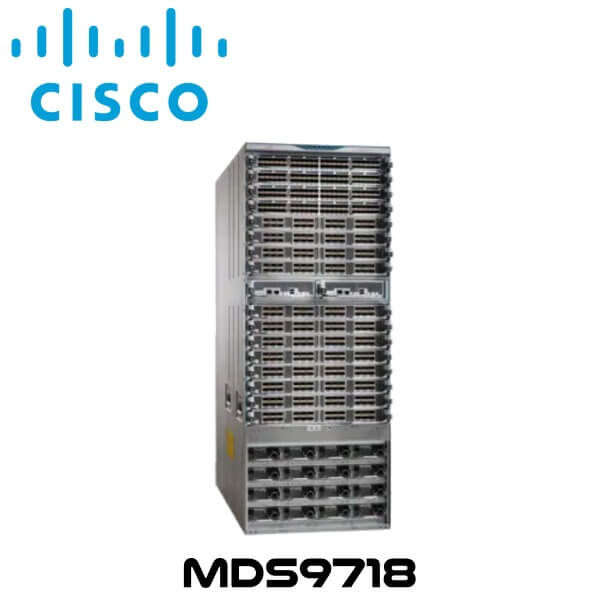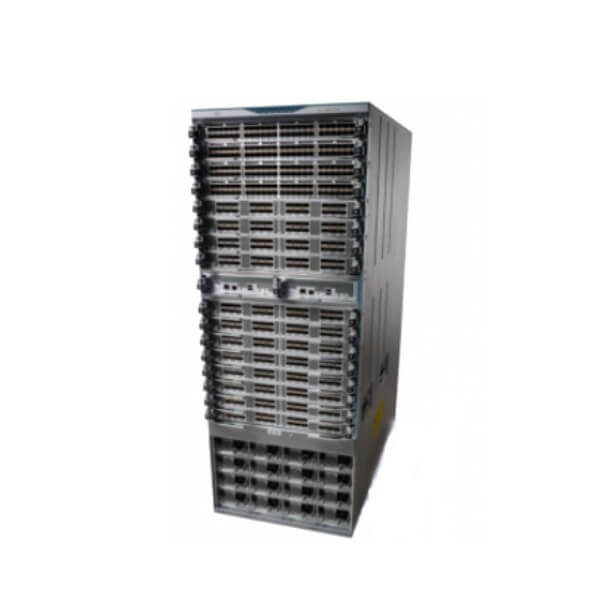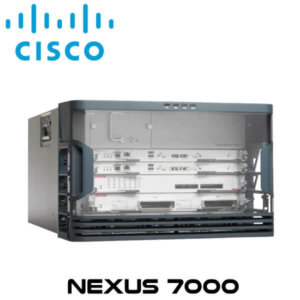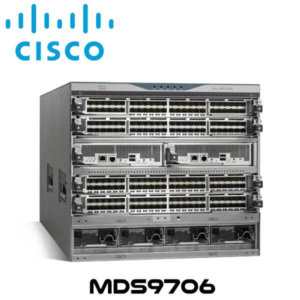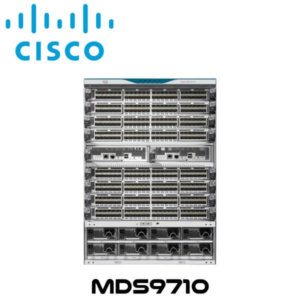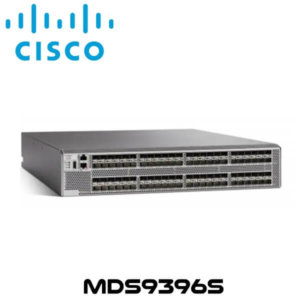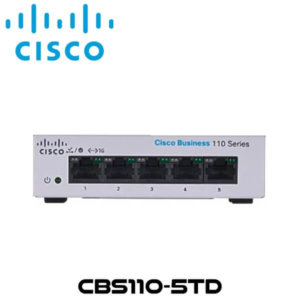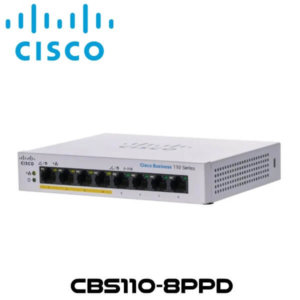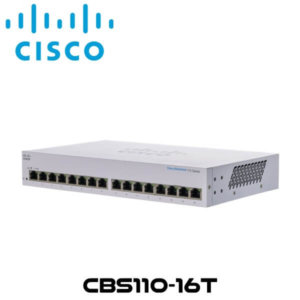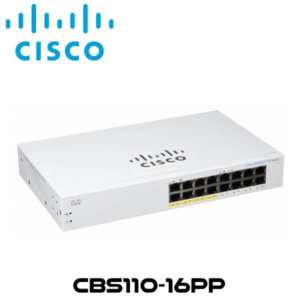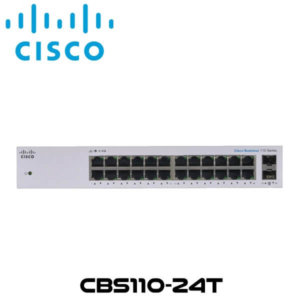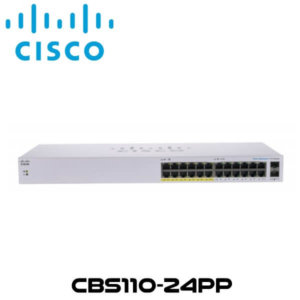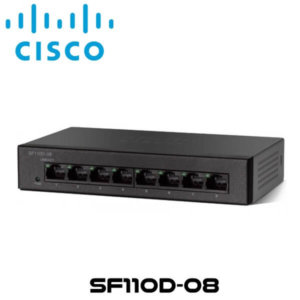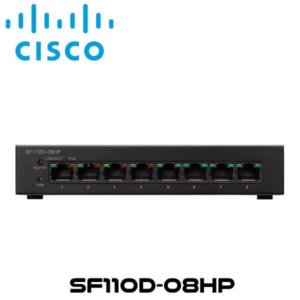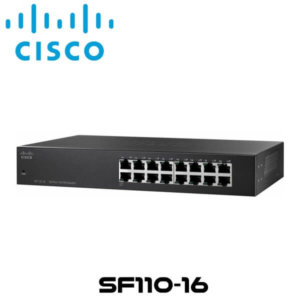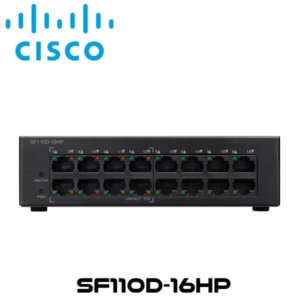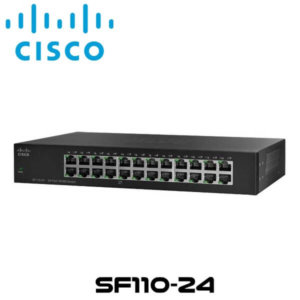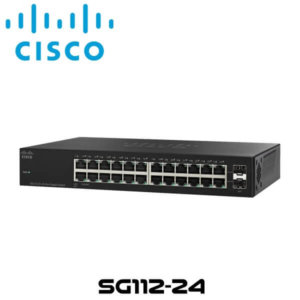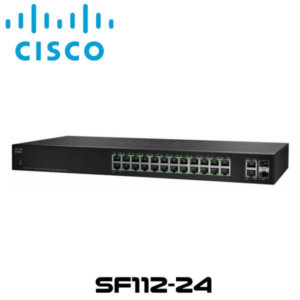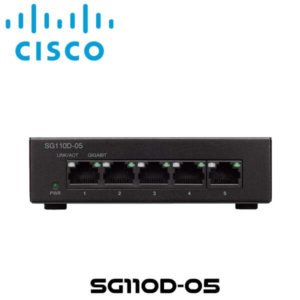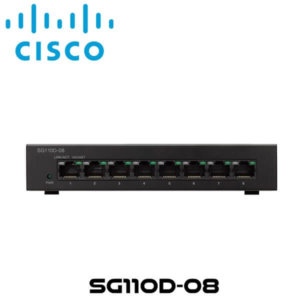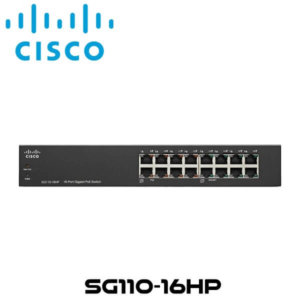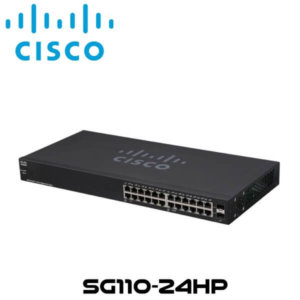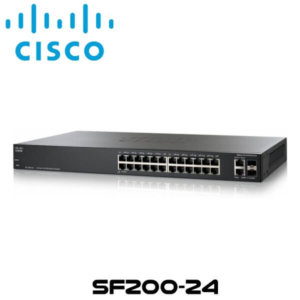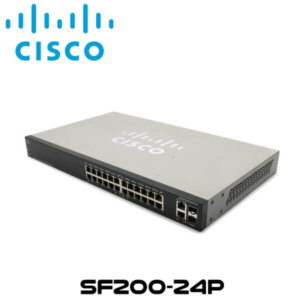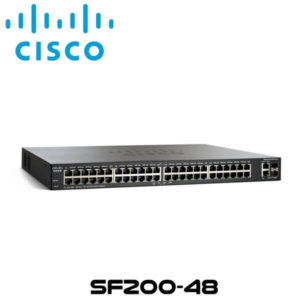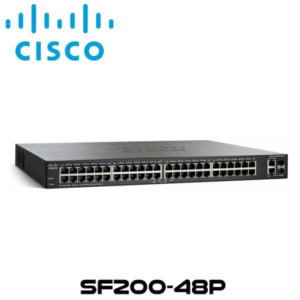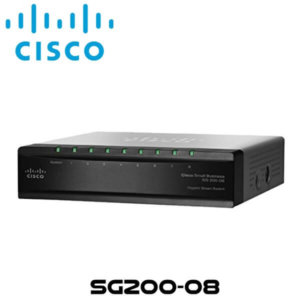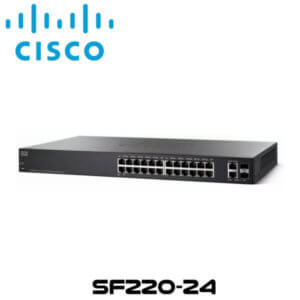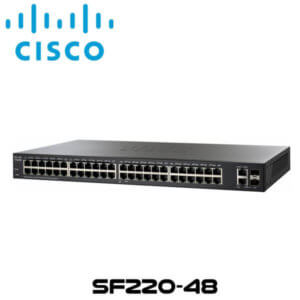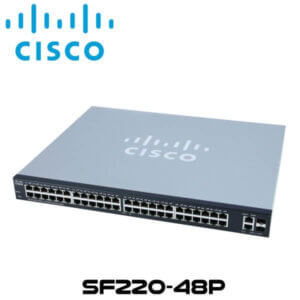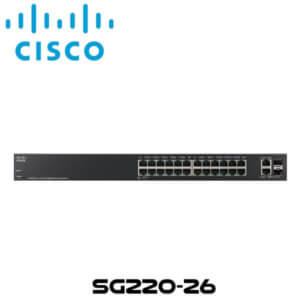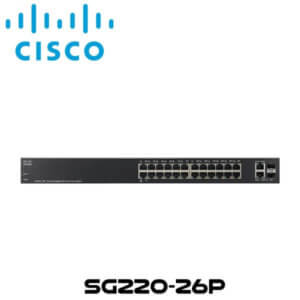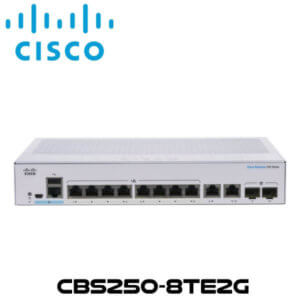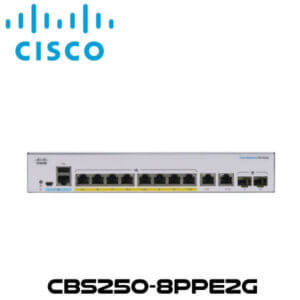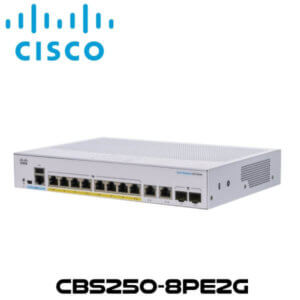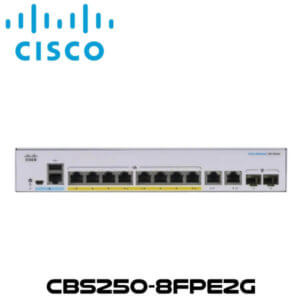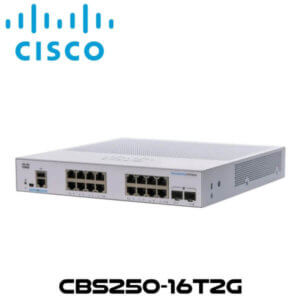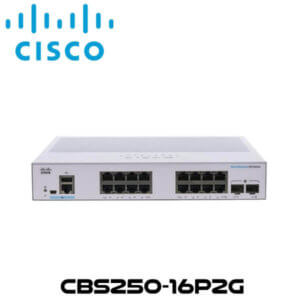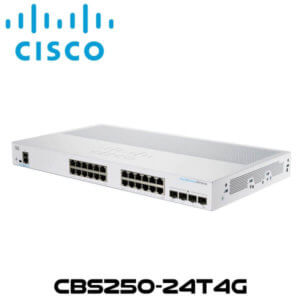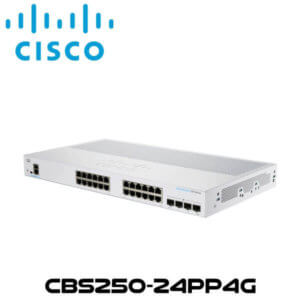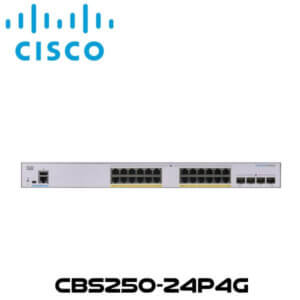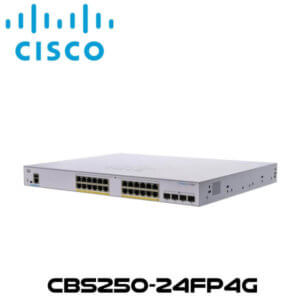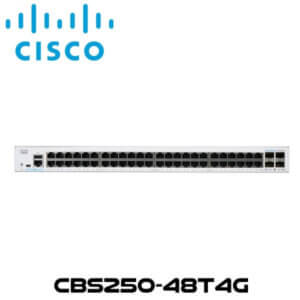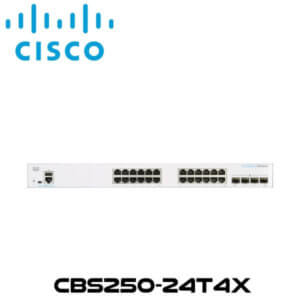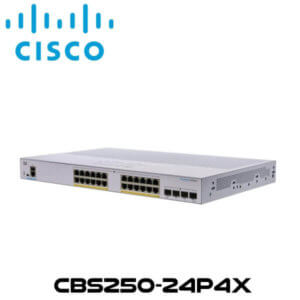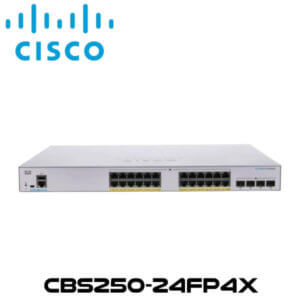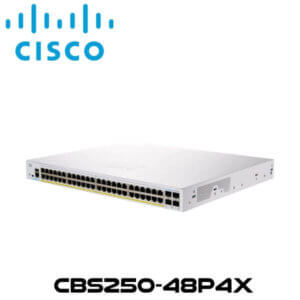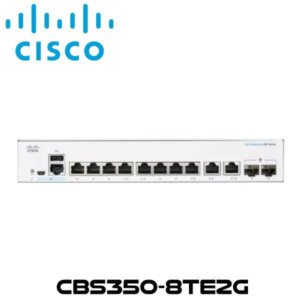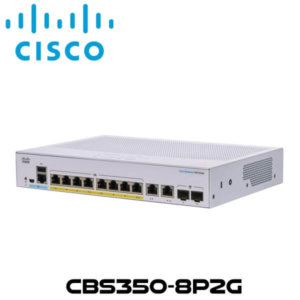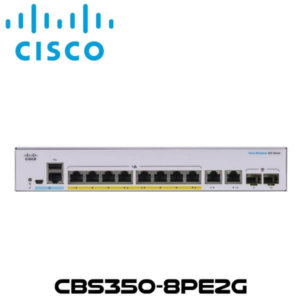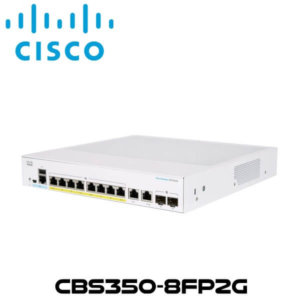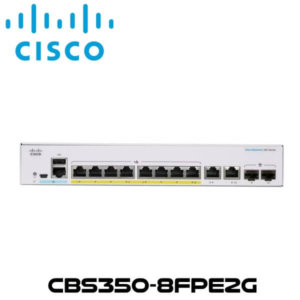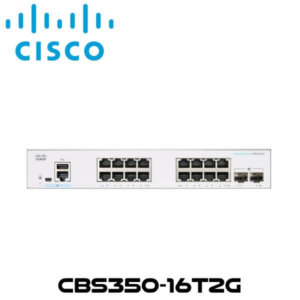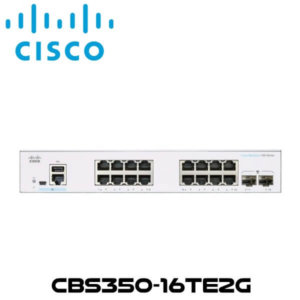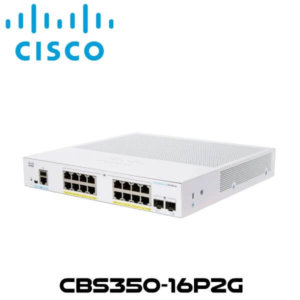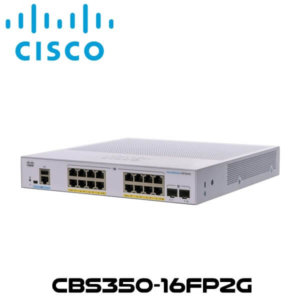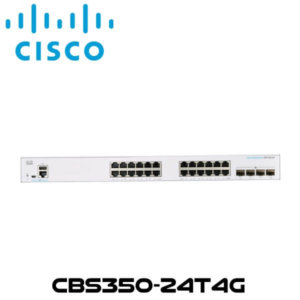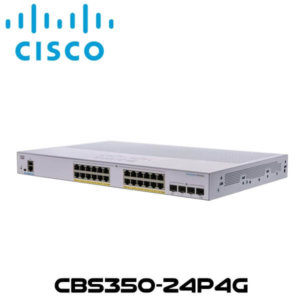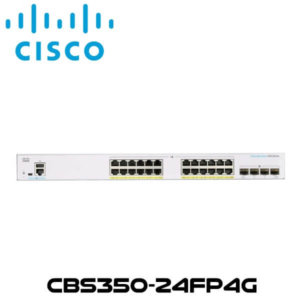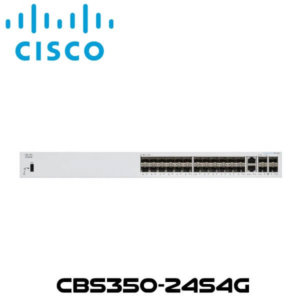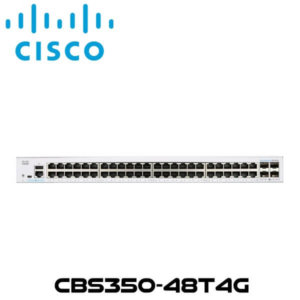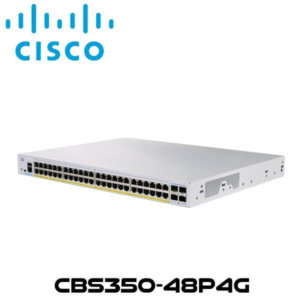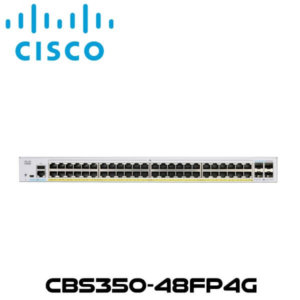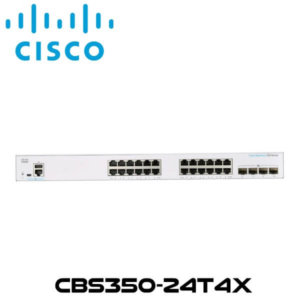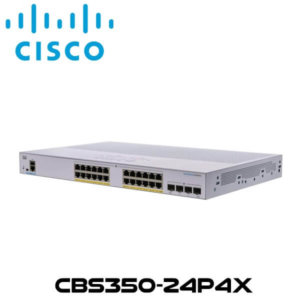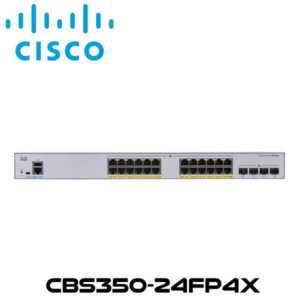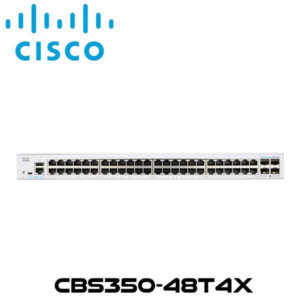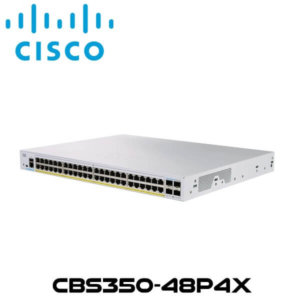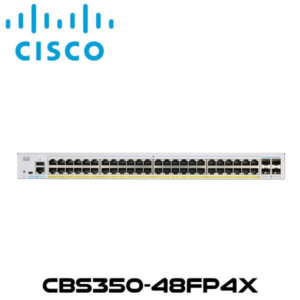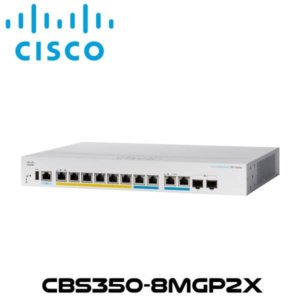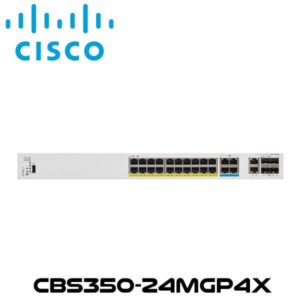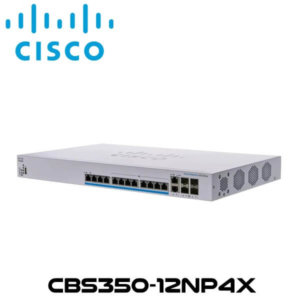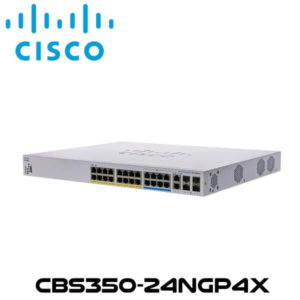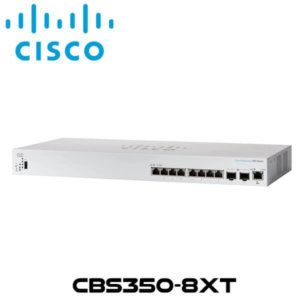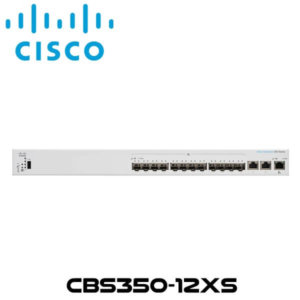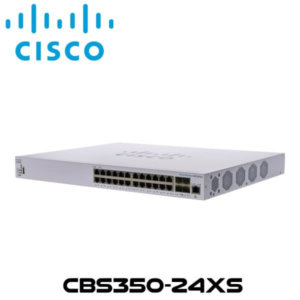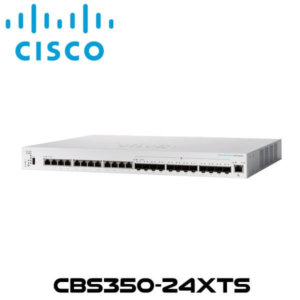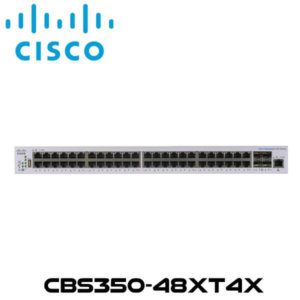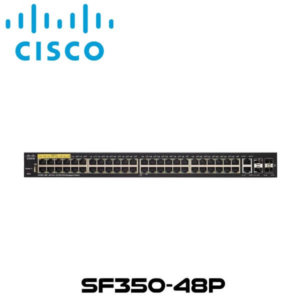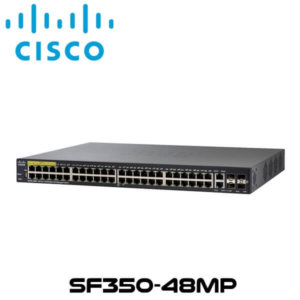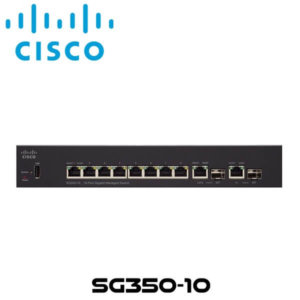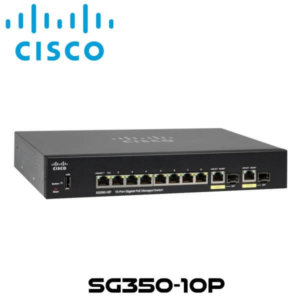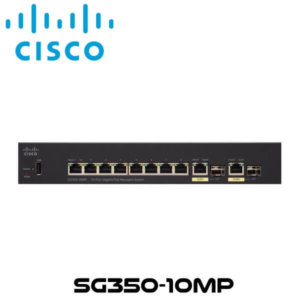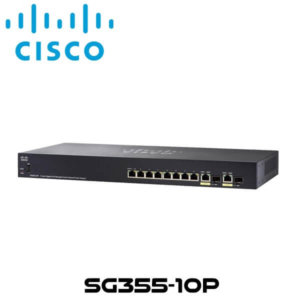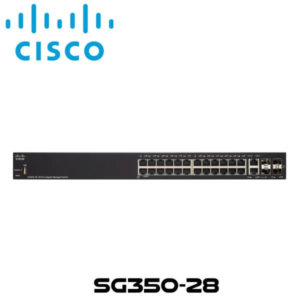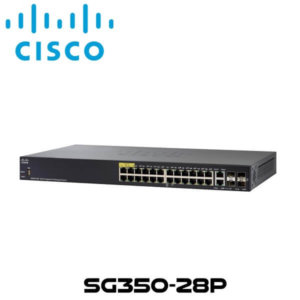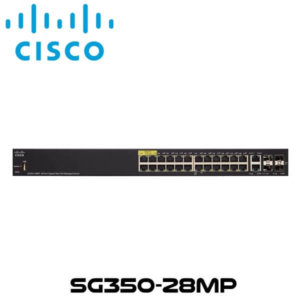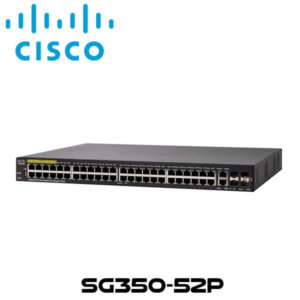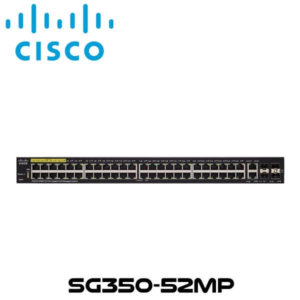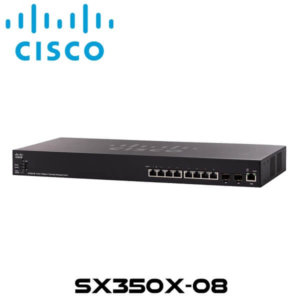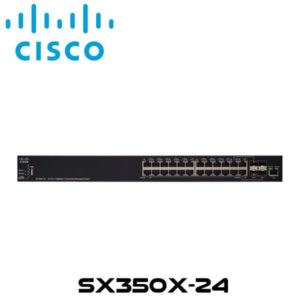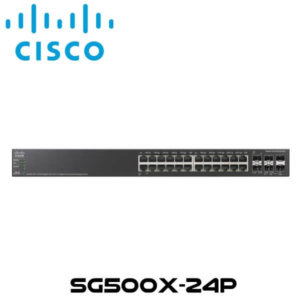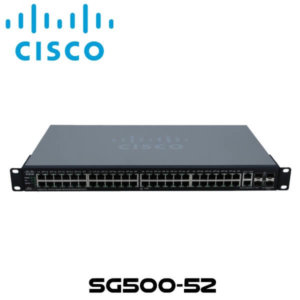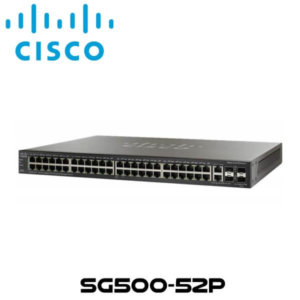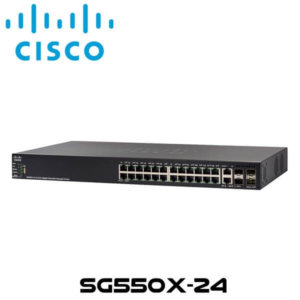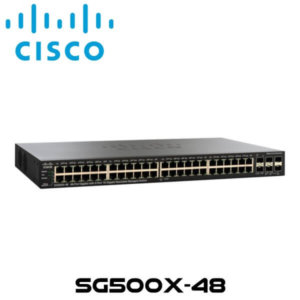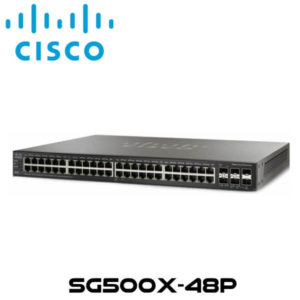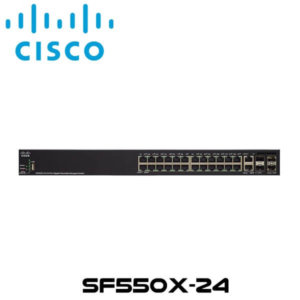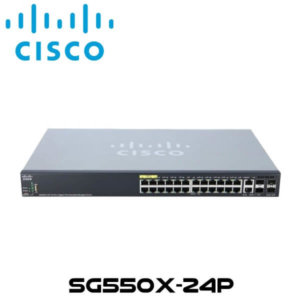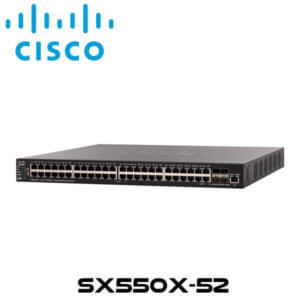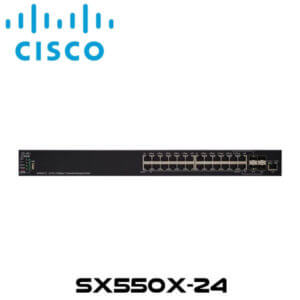Description
Cisco MDS9718 Multilayer Director Kenya
The Cisco MDS9718 Kenya Multilayer Director has the industry’s highest port density for a SAN director, with 768 line-rate 32-Gbps Fiber Channel ports. The Cisco MDS9718 Kenya supports 768 line-rate 32-Gbps Fiber Channel ports. This new 32-Gbps line card couples the next-generation port ASICs with a fully dedicated Network Processing Unit designed to complete analytics calculations in real time on the 32-Gbps line card. The MDS 9718 also supports the Cisco 24-port 40-Gbps Fiber Channel over Ethernet (FCoE) line card and Cisco MDS 9000 24/10-Port SAN Extension Module. It is designed for deployment in midsize to large enterprises. The Cisco MDS9718 Kenya enables SAN consolidation and collapsed-core solutions for large enterprises, thereby reducing the number of managed switches and leading to easy-to-manage solutions, providing more front-panel ports by reducing the number of ports used on Inter-Switch Links (ISLs), and offering room for future growth.
The Cisco MDS9718 Kenya addresses the stringent storage requirements for large virtualized data centers. As a director-class SAN switch, Cisco MDS9718 Kenya uses the same operating system and management interface as other Cisco data center switches. It brings intelligent capabilities to a high-performance, protocol-independent switch fabric. You gain uncompromising availability, security, and scalability; simplified management; and the capability to flexibly integrate new technologies. The Cisco MDS9718 Kenya allow transparent deployment of unified fabrics with Fiber Channel and FCoE connectivity with a low Total Cost of Ownership (TCO).
Features
Outstanding SAN performance
6 Cisco Fabric-3 crossbar switching modules enables up to 3 Terabits per second (Tbps) of Fiber Channel throughput in each direction for each of the 16 MDS 9718 payload slots. Based on central arbitration and a crossbar fabric, Cisco MDS9718 Kenya architecture provides 64-Gbps line-rate, nonblocking, predictable performance across all traffic conditions for every port in the chassis. The MDS 9718 ships with six fabric modules and is ready for 768 line-rate 64-Gbps Fiber Channel ports.
High availability
The Cisco MDS9718 Kenya provides best-in-class availability. The director meets the same industry-leading availability standards as the other Cisco MDS 9700 Series Multilayer Directors. All major components, including the fabric card, are redundant. You get grid redundancy with the power supply and 1+1 redundant supervisor, and you can add a fabric card to enable N+1 fabric redundancy. Cisco MDS9718 Kenya combines non-disruptive software upgrades, stateful process restart and failover, and full redundancy of all major components for best-in-class availability.
Fully integrated SAN analytics
The Cisco MDS9718 Kenya features the best-in-class enterprise switch offering state-of-the-art SAN analytics and telemetry capabilities that have been built into this next-generation hardware platform. This new state-of-the-art technology couples the next-generation port ASIC with a fully dedicated Network Processing Unit designed to complete analytics calculations in real time on the 32-Gbps line card. This new capability is extended due to the hardware capabilities of the 48-port 32-Gbps line card (DS-X9648-1536K9). The telemetry data extracted from the inspection of the frame headers are calculated on board (within the switch) and, using an industry-leading open format, can be streamed to any analytics-visualization platform.
Industry-leading scalability
Power the largest storage environments with up to 48 Tbps of Fiber Channel bandwidth. A single chassis delivers 768 2/4/8-Gbps, 4/8/16-Gbps, 8/16/32-Gbps or 10-Gbps full line-rate autosensing Fiber Channel ports, or 768 10-Gbps FCoE or 384 full-line-rate 40-Gbps FCoE ports.
Intelligent network service
Migrate your SAN islands to enterprise-wide storage networks with Virtual SAN (VSAN) technology, Access Control Lists (ACLs) for hardware-based intelligent frame processing, and fabric-wide Quality of Service (QoS).
- Integrated hardware-based VSANs and Inter-VSAN Routing (IVR) : Integration of VSANs into port-level hardware allows any port in a system or fabric to be partitioned to any VSAN. Deliver line-rate routing between any ports in a system or fabric without the need for external routing appliances.
- Intelligent storage services : Interoperability with intelligent service capabilities on other Cisco MDS 9000 Family platforms and the intelligent services switch provides services such as acceleration of storage applications for data replication, backup, and data migration to hosts and targets.
- Smart zoning : Efficiently provision hardware access control entries specified by the zone set. Match smart zones to applications, application clusters, hypervisor clusters, or other data center entities. Avoid superfluous entries that allow servers (initiators) to talk to other servers or storage devices (targets) to talk to other storage devices. You gain larger zones with multiple initiators and targets without consuming excessive hardware resources. Automate zoning tasks and avoid the creation of many small zones.
- Enhanced zoning : With basic zoning, two or more administrators can make simultaneous configuration changes. Upon activation, one administrator can overwrite the changes of another administrator. With enhanced zoning, all configuration is performed within a single configuration session. When a session begins, the switch locks down the entire fabric to implement the change, helping ensure consistency with the fabric.
Virtual machine transparency
Deterministic hardware performance and a comprehensive feature set allow virtual machines to have the same SAN attributes as a physical server. On a per-virtual machine basis, the Cisco NX-OS Software offers VSANs, QoS policies, access control, performance monitoring, and data protection to promote the scalability and mobility of virtual machines. Cisco Data Center Network Manager (DCNM) provides end-to-end visibility all the way from the virtual machine to the storage device, with resource allocation, performance measurements, and predictions available on a per-virtual machine basis to enable rapid troubleshooting in mission-critical virtualized environments.
Comprehensive security
In addition to support for services such as VSANs, hardware-enforced zoning, ACLs, per-VSAN Role-Based Access Control (RBAC), and Cisco TrustSec® Fiber Channel link encryption, the MDS 9700 Series supports a comprehensive security framework consisting of RADIUS and TACACS+, Fiber Channel Security Protocol (FC-SP), Secure File Transfer Protocol (SFTP), Secure Shell (SSH) Protocol, and Simple Network Management Protocol Version 3 (SNMPv3).
Cisco TrustSec Fiber Channel link encryption delivers transparent, hardware-based 16-Gbps line-rate encryption of Fiber Channel data on 16-Gbps Fiber Channel switching modules in addition to 10-Gbps line-rate encryption.
Unified SAN management
The Cisco MDS9718 Kenya comes with built-in storage network management with all features available through a Command-Line Interface (CLI) or Cisco DCNM, a centralized network management tool that simplifies management of unified fabrics. The network manager supports integration with third-party storage management applications to allow transparent interaction with existing management tools. The network manager supports federation of up to 10 DCNM servers to manage up to 150,000 devices using a single management pane.
Sophisticated diagnostics
Intelligent diagnostics, protocol decoding, network analysis tools, and the Cisco Call Home capability give you reliability, faster problem resolution, and reduced service costs. Starting with Cisco MDS 9000 NX-OS Software Release 6.2, the Cisco Generic Online Diagnostics (GOLD) framework replaces the Cisco Online Health Management System (OHMS) diagnostic framework on the new MDS 9700 Series chassis. The Generic Online Diagnostics framework is a suite of diagnostic tools that verify that hardware and internal data paths are operating properly. It offers boot-time diagnostics, continuous monitoring, standby fabric loopback tests, and on-demand and scheduled tests. It enables the rapid fault isolation and systems monitoring that are critical in today’s continuously evolving operating environments.
Multiprotocol architecture
A multilayer architecture enables a consistent feature set over a protocol-independent switch fabric. The Cisco MDS9718 Kenya transparently integrates Fiber Channel, FCoE and FCIP.
- 2/4/8-Gbps, 4/8/16-Gbps, 8/16/32-Gbps, 10-Gbps Fiber Channel, and 10 Gigabit Ethernet : The MDS 9718 supports 2/4/8/16-Gbps and 10-Gbps ports on the Cisco MDS 9700 48-Port 16-Gbps Fiber Channel Switching Module. Cisco MDS9718 Kenya also supports 10 Gigabit Ethernet clocked optics carrying Fiber Channel traffic. The MDS 9710 supports 4/8/16/32-Gbps on the Cisco MDS 9700 48-Port 32-Gbps Fiber Channel Switching Module.
- 10/40-Gbps FCoE : The MDS 9718 supports 10-Gbps FCoE with the 48-port 10-Gbps FCoE switching module and 40-Gbps FCoE with the 24-port 40-Gbps FCoE switching module.
- Multihop FCoE : Extend connectivity from FCoE and Fiber Channel fabrics to FCoE and Fiber Channel storage devices.
- SAN Extension FCIP support : The MDS 9000 24/10-Port SAN Extension Module is supported on MDS 9700 Series Multilayer Directors. With 24line rate 2/4/8/10/16-Gbps Fiber Channel ports and eight 1/10 Gigabit Ethernet FCIP ports, this module enables deployment of large and scalable SAN extension solutions.
Specifications
| Feature | Description | ||
| Product compatibility | Cisco MDS 9000 Family | ||
| Software compatibility | Cisco MDS NX-OS Software Release 7.3 or later | ||
| Indicators |
|
||
| Protocols | Fiber Channel standards
|
||
| Chassis slot configuration |
|
||
| Switching capability per fabric | Number of Fabric-3 Cards | Front-Panel Fiber Channel Bandwidth per Slot | FCoE Bandwidth per Slot |
| 1 | 512 Gbps | 440 Gbps | |
| 2 | 1024 Gbps | 880 Gbps | |
| 3 | 1536 Gbps | 1320 Gbps | |
| 4 | 2048 Gbps | 1760Gbps | |
| 5 | 2560 Gbps | 2200Gbps | |
| 6 | 3072 Gbps | 2640 Gbps | |
| Performance and scalability |
|
||
| Features and Functions | |||
| Fabric services |
|
||
| Advanced functions |
|
||
| Diagnostics and troubleshooting tools |
|
||
| Network security |
|
||
| Serviceability |
|
||
| Reliability and availability |
|
||
| Network management |
|
||
| Programming interface |
|
||
| Power and cooling |
|
||
| Environmental | Temperature, ambient operating : 32 to 104°F (0 to 40°C)
Temperature, ambient non-operating and storage : –40 to 158°F (–40 to 70°C) Relative humidity, ambient (non-condensing) operating : 10 to 90% Relative humidity, ambient (non-condensing) non-operating and storage : 10 to 95% Altitude, operating : –197 to 6500 ft (–60 to 2000m) |
||
| Physical dimensions (H x W x D) |
|
||
| Weight |
|
||
| Approvals and compliance | Safety compliance
EMC compliance
|
||


